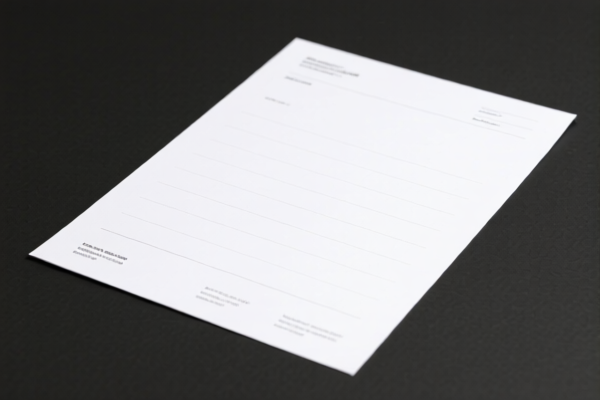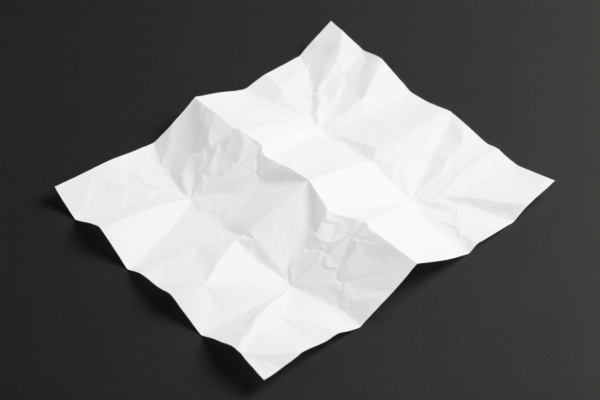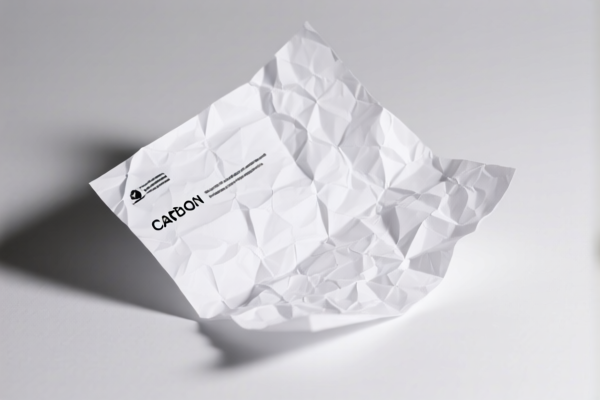| HS Code | Official Doc | Tariff Rate | Origin | Destination | Effective Date |
|---|---|---|---|---|---|
| 4823610020 | Doc | 55.0% | CN | US | 2025-05-12 |
| 4823690020 | Doc | 55.0% | CN | US | 2025-05-12 |
| 4819502000 | Doc | 55.0% | CN | US | 2025-05-12 |
| 4819504060 | Doc | 55.0% | CN | US | 2025-05-12 |
| 6914108000 | Doc | 64.0% | CN | US | 2025-05-12 |
| 6914908000 | Doc | 60.6% | CN | US | 2025-05-12 |
| 6911108010 | Doc | 58.3% | CN | US | 2025-05-12 |
| 6911900050 | Doc | 42.9% | CN | US | 2025-05-12 |
| 3923900080 | Doc | 58.0% | CN | US | 2025-05-12 |
| 3921904010 | Doc | 34.2% | CN | US | 2025-05-12 |
| 3921905010 | Doc | 34.8% | CN | US | 2025-05-12 |




White Paper Cup
A white paper cup is a disposable cup made of paper, typically coated with polyethylene to prevent leakage. They are widely used for serving beverages, both hot and cold, in various settings.
Material:
- Paper: The primary component is paper, often sourced from wood pulp. The grade of paper varies, influencing the cup’s thickness and strength.
- Polyethylene (PE) Coating: A thin layer of polyethylene is applied to the interior of the cup to provide a waterproof barrier. This coating prevents liquids from soaking into the paper. Some cups utilize a polyethylene lining on both sides for enhanced rigidity and insulation.
- Optional Coatings: Some cups feature additional coatings for specific purposes, such as a wax coating for improved water resistance or a bioplastic lining for compostability.
Purpose:
- Beverage Service: Primarily designed for single-use service of hot or cold drinks, including coffee, tea, water, juice, soda, and other beverages.
- Hygiene: Offer a sanitary alternative to reusable cups, reducing the risk of cross-contamination.
- Convenience: Provide a quick and easy solution for serving drinks in situations where washing reusable cups is impractical.
Function:
- Containment: Holds liquids without leaking, thanks to the polyethylene coating.
- Insulation: Offers a degree of thermal insulation, though the level varies based on the cup’s construction (single-wall, double-wall, etc.). Double-walled cups provide significantly better insulation.
- Structural Support: Maintains its shape while filled with liquid, allowing for easy handling.
Usage Scenarios:
- Coffee Shops & Cafés: A standard option for takeaway coffee and tea.
- Fast Food Restaurants: Used for serving cold beverages.
- Events & Catering: Convenient for serving drinks at large gatherings.
- Offices & Workplaces: Provide disposable cups for employees and visitors.
- Home Use: For parties, picnics, or general convenience.
Common Types:
- Single-Wall Cups: Consist of a single layer of paper with a PE coating. Suitable for cold beverages or briefly holding hot drinks. Offer minimal insulation.
- Double-Wall Cups: Feature two layers of paper with a PE coating, creating an air gap for improved insulation. Better suited for hot beverages and longer holding times.
- Ripple Wall Cups: A variation of double-wall cups with a corrugated layer between the paper layers, providing enhanced insulation and grip.
- Insulated Cups: May include additional insulation layers or materials for maximum thermal performance.
- Custom Printed Cups: Often feature logos, branding, or other designs for promotional purposes.
- Compostable Cups: Made with plant-based materials and coatings designed to break down in commercial composting facilities (PLA lining is common). Note: require specific composting conditions.
- Cold Drink Cups: Often made with thinner paper and may include a wax coating.
- Hot Drink Cups: Typically double-walled and designed to withstand higher temperatures.
The declared goods, “white paper cup,” fall under several potential classifications based on material and intended use. Here's a breakdown of relevant HS codes:
- 4823610020: This code covers “Other paper, paperboard, cellulose wadding and webs of cellulose fibers, cut to size or shape; other articles of paper pulp, paper, paperboard, cellulose wadding or webs of cellulose fibers: Trays, dishes, plates, cups and the like, of paper or paperboard: Of bamboo Cups and round nested food containers”. This is applicable if the cup is made of bamboo paper. The total tax rate is 55.0%, comprised of a 0.0% base tariff and a 25.0% additional tariff, increasing to 30.0% after April 2, 2025.
- 4823690020: This code covers “Other paper, paperboard, cellulose wadding and webs of cellulose fibers, cut to size or shape; other articles of paper pulp, paper, paperboard, cellulose wadding or webs of cellulose fibers: Trays, dishes, plates, cups and the like, of paper or paperboard: Other Cups and round nested food containers”. This is applicable if the cup is made of paper or paperboard, but not bamboo. The total tax rate is 55.0%, comprised of a 0.0% base tariff and a 25.0% additional tariff, increasing to 30.0% after April 2, 2025.
- 3923900080: This code covers “Articles for the conveyance or packing of goods, of plastics; stoppers, lids, caps and other closures, of plastics: Other Other”. If the cup has a plastic lining or coating, or a plastic lid, this code may be relevant. The total tax rate is 58.0%, comprised of a 3.0% base tariff and a 25.0% additional tariff, increasing to 30.0% after April 2, 2025.
Explanation of HS Code Structure (based on provided reference):
- Chapter 48: Relates to paper, paperboard, cellulose wadding and webs of cellulose fibers.
- Heading 4823: Specifically covers articles of paper pulp, paper, paperboard, cellulose wadding or webs of cellulose fibers.
- Subheading 482361: Further defines trays, dishes, plates, cups and the like, of paper or paperboard, made of bamboo.
- Subheading 482369: Further defines trays, dishes, plates, cups and the like, of paper or paperboard, not made of bamboo.
- Chapter 39: Relates to plastics and articles thereof.
- Heading 3923: Specifically covers articles for the conveyance or packing of goods, of plastics.
- Subheading 392390: Further defines other articles of plastics.
Important Note:
The applicable HS code depends on the precise material composition of the cup. If the cup has a plastic lining or coating, or a plastic lid, HS code 3923900080 may be applicable in addition to, or instead of, HS code 4823610020 or 4823690020.
Customer Reviews
No reviews yet.